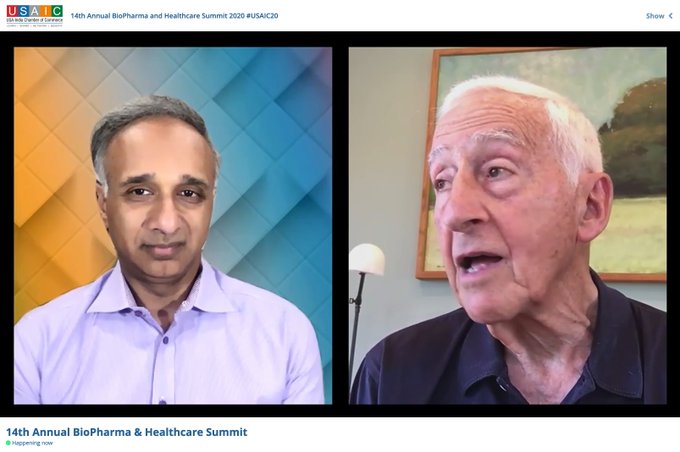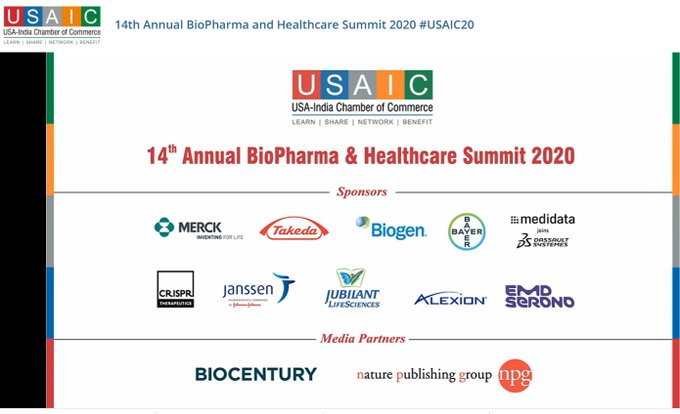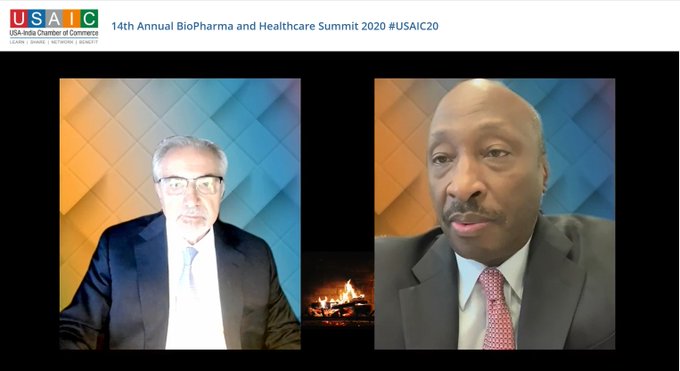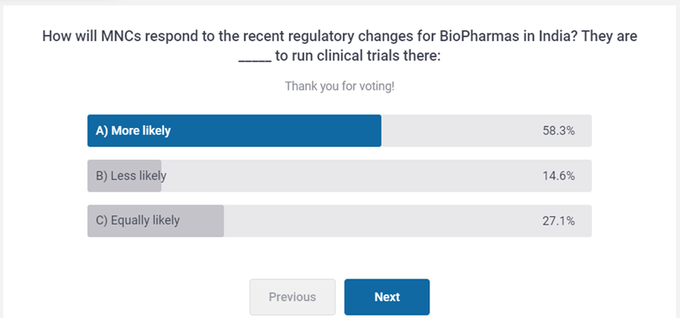The Health Care Dossier on Clarivate PLC: How Cortellis Is Changing the Life Sciences Industry
Curator: Stephen J. Williams, Ph.D.
Source: https://en.wikipedia.org/wiki/Clarivate
Clarivate Plc is a British-American publicly traded analytics company that operates a collection of subscription-based services, in the areas of bibliometrics and scientometrics; business / market intelligence, and competitive profiling for pharmacy and biotech, patents, and regulatory compliance; trademark protection, and domain and brand protection. In the academy and the scientific community, Clarivate is known for being the company that calculates the impact factor,[4] using data from its Web of Science product family, that also includes services/applications such as Publons, EndNote, EndNote Click, and ScholarOne. Its other product families are Cortellis, DRG, CPA Global, Derwent, MarkMonitor, CompuMark, and Darts-ip, [3] and also the various ProQuest products and services.
Clarivate was formed in 2016, following the acquisition of Thomson Reuters‘ Intellectual Property and Science business by Onex Corporation and Baring Private Equity Asia. Clarivate has acquired various companies since then, including, notably, ProQuest in 2021.
Further information: Thomson Scientific
Clarivate (formerly CPA Global) was formerly the Intellectual Property and Science division of Thomson Reuters. Before 2008, it was known as Thomson Scientific. In 2016, Thomson Reuters struck a $3.55 billion deal in which they spun it off as an independent company, and sold it to private-equity firms Onex Corporation and Baring Private Equity Asia.
In May 2019, Clarivate merged with the Churchill Capital Corp SPAC to obtain a public listing on the New York Stock Exchange (NYSE) It currently trades with symbol NYSE:CLVT.
Acquisitions
- June 1, 2017: Publons, a platform for researchers to share recognition for peer review.
- April 10, 2018: Kopernio, AI-tech startup providing ability to search for full-text versions of selected scientific journal articles.
- October 30, 2018: TrademarkVision, provider of Artificial Intelligence (AI) trademark research applications.
- September 9, 2019: SequenceBase, provider of patent sequence information and search technology to the biotech, pharmaceutical and chemical industries.
- December 2, 2019: Darts-ip, provider of case law data and analytics for intellectual property (IP) professionals.
- January 17, 2020: Decision Resources Group (DRG), a leading healthcare research and consulting company, providing high-value healthcare industry analysis and insights.
- June 22, 2020: CustomersFirst Now, in intellectual property (“IP”) software and tech-enabled services.
- October 1, 2020: CPA Global, intellectual property (“IP”) software and tech-enabled services.
- December 1, 2021: ProQuest, software, data and analytics provider to academic, research and national institutions.[27]It was acquired for $5.3 billion from Cambridge Information Group in what was described as a “huge deal in the library and information publishing world”. The company said that the operational concept behind the acquisition was integrating ProQuest’s products and applications with Web of Science. Chairman of ProQuest Andy Snyder became the vice chairman of Clarivate. The Scholarly Publishing and Academic Resources Coalition, an advocacy group for open access to scholarship, voiced antitrust concerns. The acquisition had been delayed mid-year due to a Federal Trade Commission antitrust probe.
Divestments
- November 2020: Clarivate sold its Techstreet division to a for-profit subsidiary of the American Society of Mechanical Engineers.
- November 2022: Clarivate divested MarkMonitorto Newfold Digital. MarkMonitor registers the domains of Google, Microsoft, Amazon, Tencent, YouTube, Wikipedia, and eBay, among other companies. They provide domain management, brand protection, anti-piracy, and anti-fraud services.
How Clarivate Has Changed Since 2019
2019 Strategy
From 2019 Manager Discussion Yearly Report
We are a leading global information services and analytics company serving the scientific research, intellectual property and life sciences end-markets. We provide structured information and analytics to facilitate the discovery, protection and commercialization of scientific research, innovations and brands. Our product porfolio includes well-established market-leading brands such as Web of Science, Derwent Innovation, Life Sciences, CompuMark and MarkMonitor (which they later divested). We believe that the stron balue proposition of our content, user interfaces, visualization and analytical tools, combined with the integration of our products and services into customers’ daily workflows, leads to our substantial customer loyalty as evidenced by their willingness to renew subscriptions with us.
Our structure, enabling a sharp focus on cross-selling opportunities within markets, is comprised of two product groups:
- Science Group: consists of Web of Science and Life Science Product Lines
- Intellectual Property Group: consists of Derwent, CompuMark and MarkMonitor
Corporations, government agencies, universities, law firms depend on our high-value curated content, analytics and services. Unstructured data has grown exponentially over the last decade. The trend has resulted in a critical need for unstructured data to be meaningfully filtered, analyzed and curated into relvent information that facilitates key operational and strategic decision making. Our highly curated, proprietary information created through our sourcing, aggregation, verification, translation, and categorization (ONTOLOGY) of data has resulted in our solutions being embedded in our customers’ workflow and decision-making processes.

Overview of Clarivate PLC five year strategy in 2019. Note that in 2019 the Science Group accounted for 56.2% of revenue! This was driven by their product Cortellis!
Figure. Overview of Clarivate PLC five year strategy in 2019. Note that in 2019 the Science Group accounted for 56.2% of revenue! This was driven by their product Cortellis!
Also Note nowhere in the M&A Discussion in years before 2023 was anything mentioned concerning AI or Large Language Models.
The Clarivate of Today: Built for Life Sciences with Cortellis
Clarivate PLC has integrated multiple platforms into their offering Cortellis, which integrated AI and LLM into the structured knowledge bases (see more at https://clarivate.com/products/cortellis-family/)
“Life sciences organizations are tasked, now more than ever, to discover and develop treatments that challenge the status quo, increase ROI, and improve patient lives. However, its become increasingly difficult to find, integrate and analyze the key data your teams need to make critical decisions and get your Cortellis products to patients faster.
The Cortellis solutions help research and development, portfolio strategy and business development, and regulatory and compliance professionals gather and assess the information you need to discover innovative drugs, differentiate your treatments, and increase chances of successful regulatory approval.
Some of Cortellis solutions include:
- Cortellis Competitive Intelligence: maximize ROI and improve patient outcomes
- Cortellis Deals Intelligence: Portfolio Strategy and Business Development (find best deal)
- Cortellis Clinical Intelligence: Clinical Trial Support and Regulatory
- Cortellis Digital Health Intelligence: understand digital health ecosystem
- Cortellis Drug Discovery: improve drug development speed and efficiency
- MetaBase and MetaCore: integrated omics knowledge bases for drug discovery
- Cortellis Regulatory: help with filings
- Cortellis HTA: health tech compliance (HIPAA)
- CMC Intelligence: new drug marketing
- Generics Intelligence
- Drug Safety Intelligence: both preclinical safety and post marketing pharmacovigilence
Watch Videos on Cortellis for Drug Discovery
Watch Video on Qiagen Site to see how Cortellis Integrates with Qiagen Omics Platform IPA with Clarivate Meta Core to gain more insights into genomic and proteomic data
From the Qiagen website on Ingenuity Pathway Analysis: https://digitalinsights.qiagen.com/products-overview/discovery-insights-portfolio/analysis-and-visualization/qiagen-ipa/
Understand complex ‘omics data to accelerate your research
Discover why QIAGEN Ingenuity Pathway Analysis (IPA) is the leading pathway analysis application among the life science research community and is cited in tens of thousands of articles for the analysis, integration and interpretation of data derived from ‘omics experiments. Such experiments include:
- RNA-seq
- Small RNA-seq
- Metabolomics
- Proteomics
- Microarrays including miRNA and SNP
- Small-scale experiments
With QIAGEN IPA you can predict downstream effects and identify new targets or candidate biomarkers. QIAGEN Ingenuity Pathway Analysis helps you perform insightful data analysis and interpretation to understand your experimental results within the context of various biological systems.
Articles Relevant to Drug Development, Natural Language Processing in Drug Development, and Clarivate on this Open Access Scientific Journal Include:
From High-Throughput Assay to Systems Biology: New Tools for Drug Discovery
Medical Startups – Artificial Intelligence (AI) Startups in Healthcare
Clarivate Analytics – a Powerhouse in IP assets and in Pharmaceuticals Informercials













